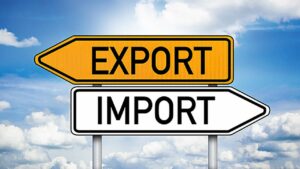 The gross average national wage announced by INS for February 2017 was 3,108 lei, by 1.9% below the previous month. The net average national wage was 2,236 lei (-2.8% compared to December 2017). Paradoxically, the gross wage decrease of 60 lei translated into a 68 lei decrease of the net wage, an occasion for a potential official explanation about the tax framework.
The gross average national wage announced by INS for February 2017 was 3,108 lei, by 1.9% below the previous month. The net average national wage was 2,236 lei (-2.8% compared to December 2017). Paradoxically, the gross wage decrease of 60 lei translated into a 68 lei decrease of the net wage, an occasion for a potential official explanation about the tax framework.
Correlated to the increase of the euro-leu exchange rate in March, when the money for the time worked have been actually received, we can notice that the net wage fell again after two months below 500 euros (in terms of purchasing power, considering the average prices in the EU, it was 960 euros).
In terms of purchasing power, the real wage index stood at 170% compared to the reference month, October 1990, after a drop of nearly five percent compared to the previous month. The purchasing power increase of the last 12 months fell to 14.5% (after the record level of + 18.2% reached in January 2017), a similar value to that of August, September and November last year (see table).
*
- Evolution of purchasing power and average national wage
- Month Net average national wage (lei) Euro/leu Net average national wage (euro) (euro pcs) purchasing power (%, 12 months)
*
Arrangement of increases in national economy
To get a picture of the arrangement of wage increases in the national economy, we present the developments in some important areas of activity, emphasizing the very significant observation about the negative gap between the increase of the wages paid in the manufacturing sector and the average national growth. Wages in the manufacturing sector reached a level 12% below the national average, which cannot be found in any Western country.
*
- Healthcare
- Public administration, defence, etc.
- Education
- National average
- Manufacturing sector
- Trade
- Transportation and storage
- Construction
- IT&C
- Financial and insurance activities
*
It is noteworthy the position of the increases in the public sector above the national average and well above all sectors of the economy. (the main role is certainly played by the consistent increases decided in the public sector).
While the advance of the education and healthcare sectors above the national average is a normal development, the increase of about 24% in the public sector is more difficult to justify, given especially the level of this sector of nearly 60% above the national average.











